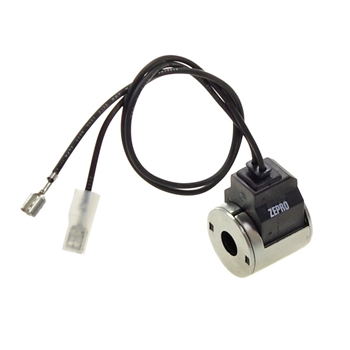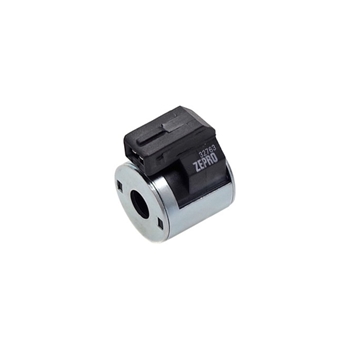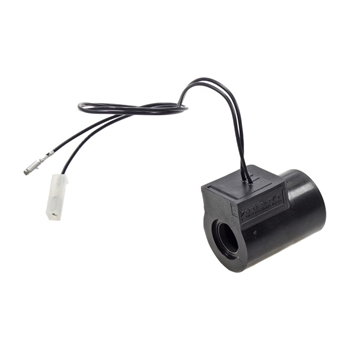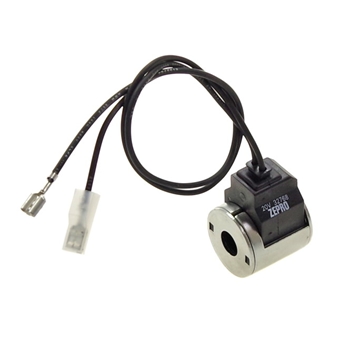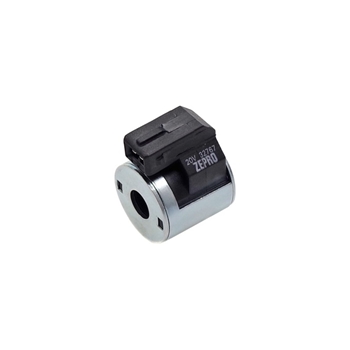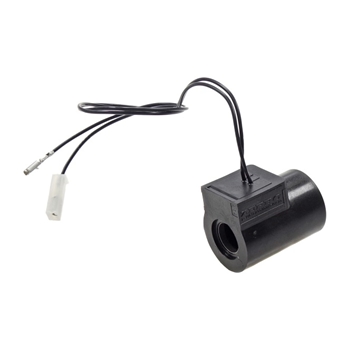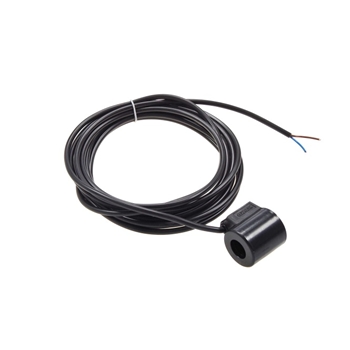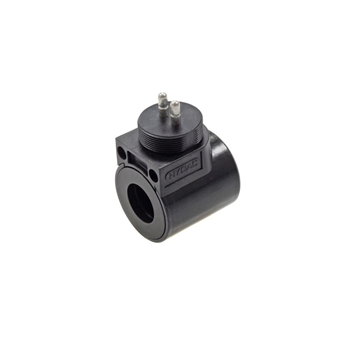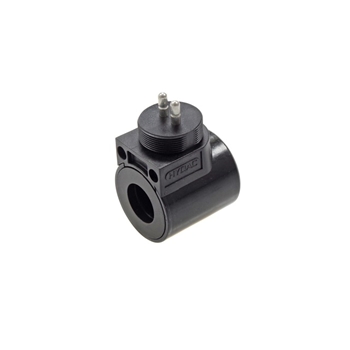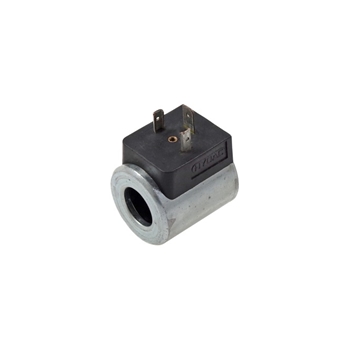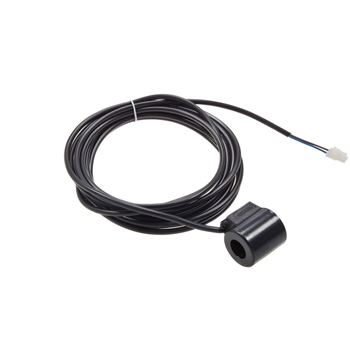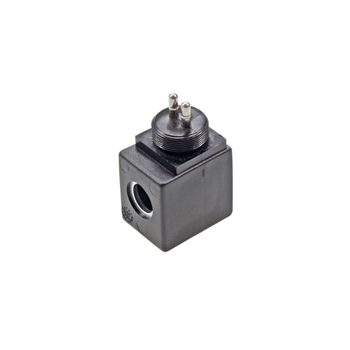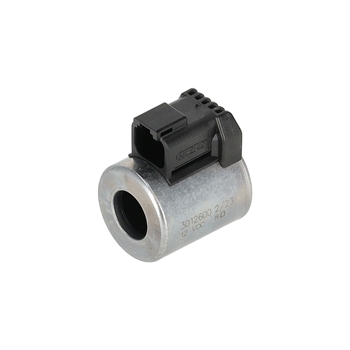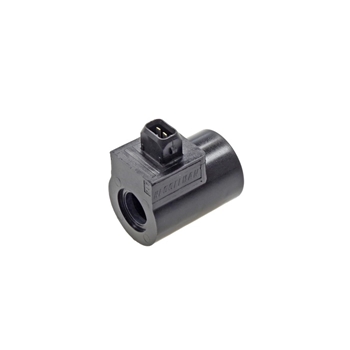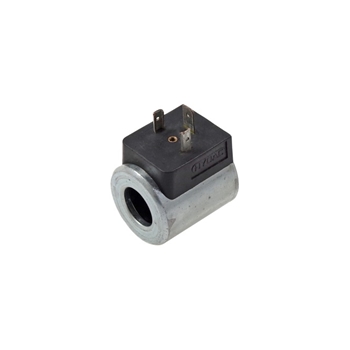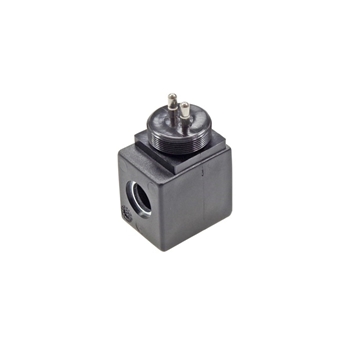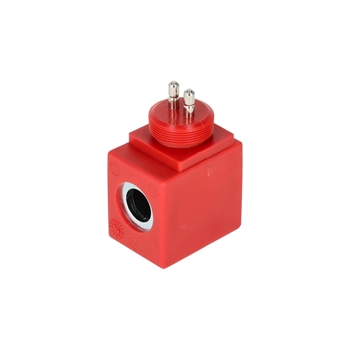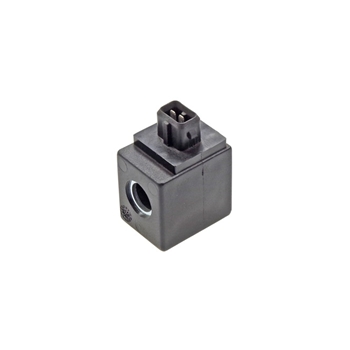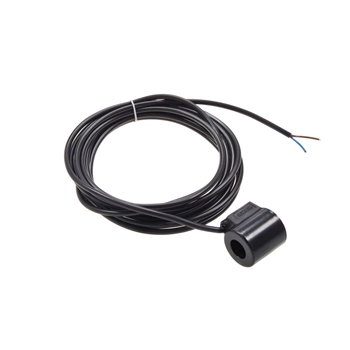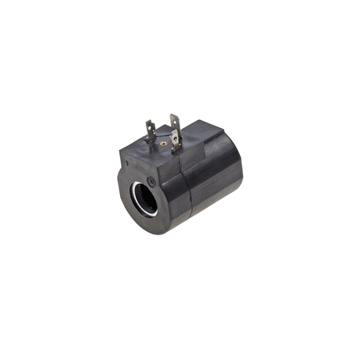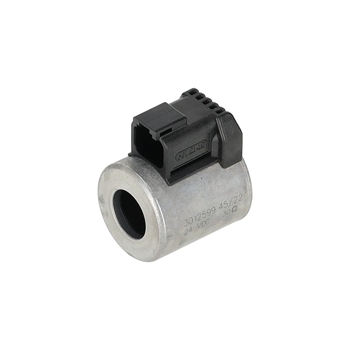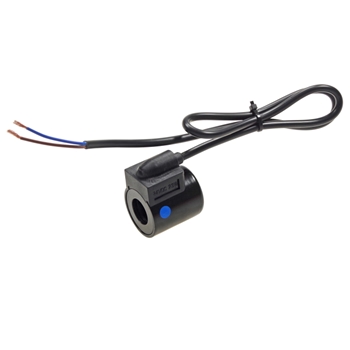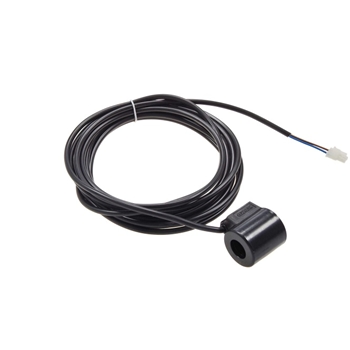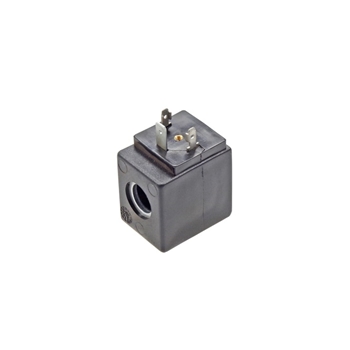Solenoid coils for tail gates and truck lift gates – Precise control of the hydraulic system
Whether in delivery operations, workshops, or fleet use – wherever a tail gate or truck lift gate must perform reliably, the solenoid coil in the hydraulic power unit ensures controlled motion and operational safety. It converts electrical impulses into precise movements and controls the heart of the hydraulics. Every lift and lower motion depends on it. If it fails, the entire system stops. At SULEJ Ladebordwand, we know from decades of experience how closely quality and safety are connected. That’s why we rely on solenoid coils that have been tested under real conditions – for smooth control, long service life, and consistent performance in daily operation.
How solenoid coils control movement in tail gates and truck lift gates
Every movement of a lift gate starts with an electrical signal – and this is where the solenoid coil comes into play. It forms the bridge between electronics and hydraulics. Once current flows, it generates a magnetic field that moves a small plunger inside the valve. This opens or closes the hydraulic oil path, allowing the platform to raise or lower with millimeter precision. This accurate response determines the safety, speed, and efficiency of the entire system. High-quality coils ensure that the hydraulics of every tail gate operate smoothly and consistently even under heavy load.
Material and construction – Precision under extreme conditions
Solenoid coils must function daily under harsh conditions. Constant vibration, temperature changes, humidity, and dirt challenge every component – especially in tail gates and truck lift gates. High-quality coils are made from heat-resistant copper, durable plastic, or corrosion-protected metal. Special insulation prevents short circuits, while sealed housings protect the windings from moisture and dust. Many models are temperature resistant up to 120 °C and rated up to IP65. This combination of materials guarantees consistent magnetic force, precise switching, and long service life – even under continuous operation in transport and logistics environments.

